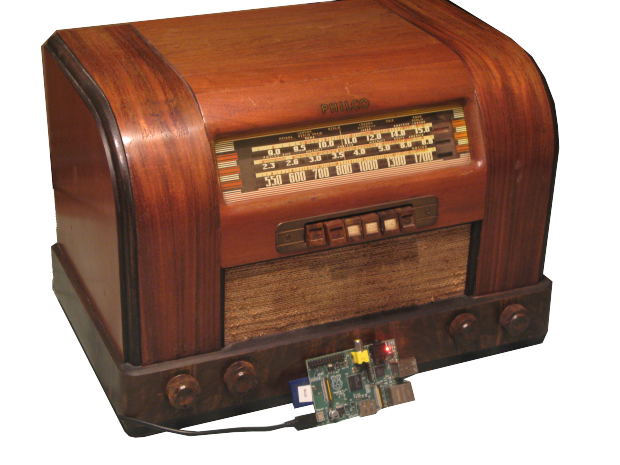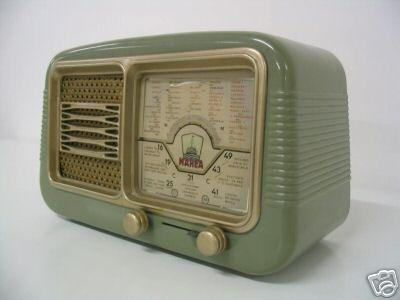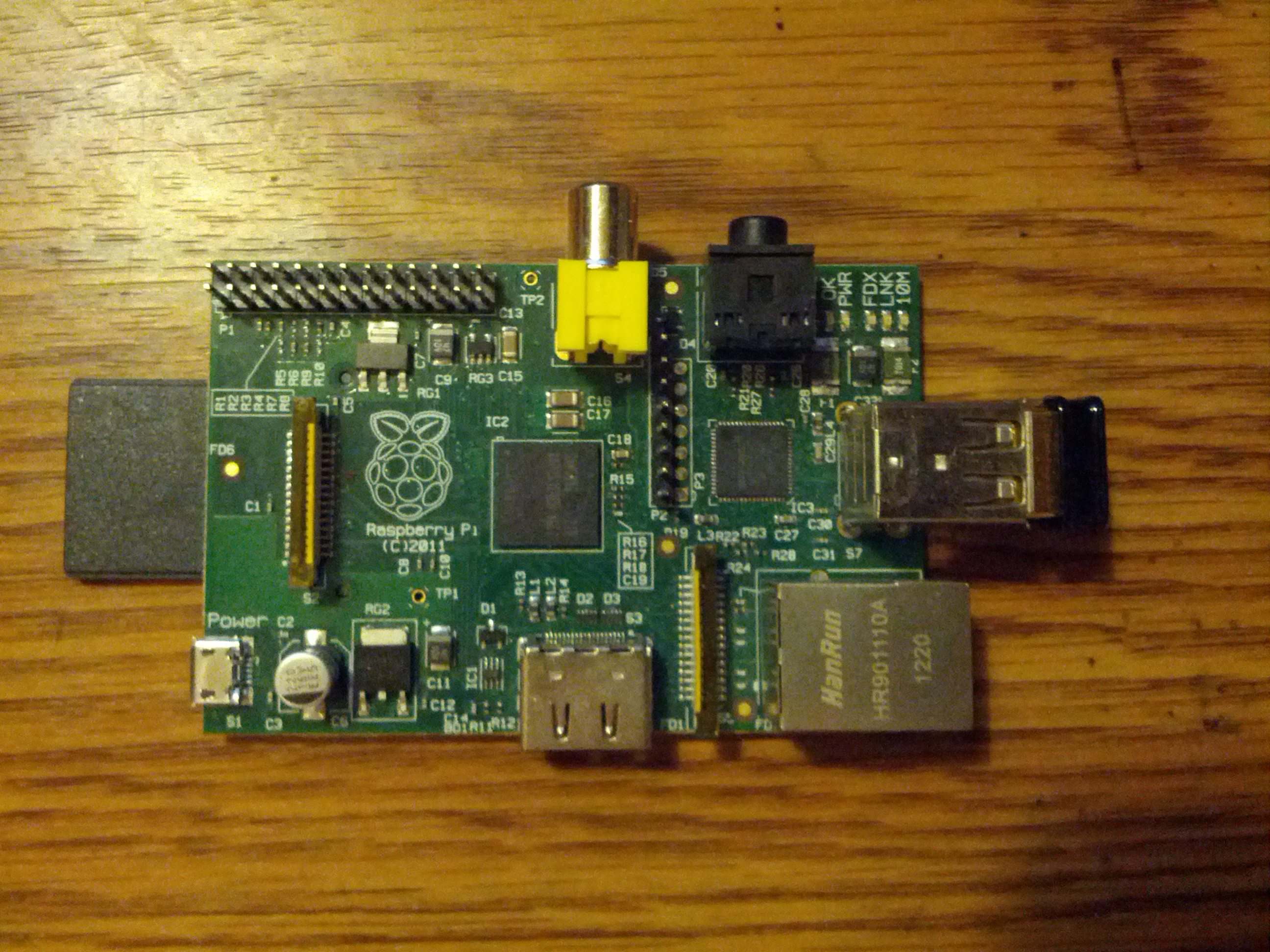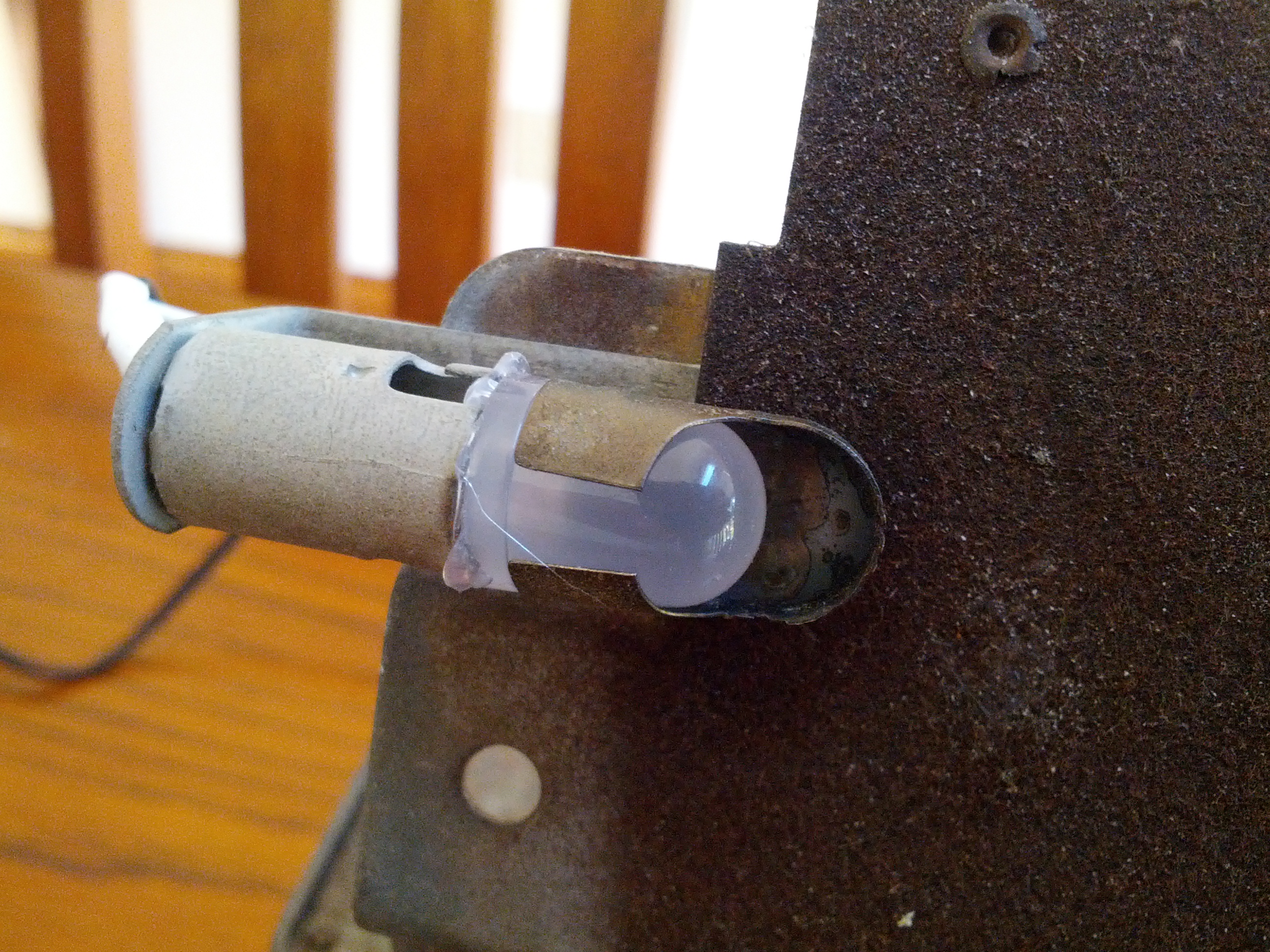Do you ever wish you could go back in time and see what life was like before smartphones, tablets, computers and even television? These days we are bombarded with noise signals from every direction, but before television there was only one primary source of media consumption. Radio!
In modern times people usually only listen to radio in their cars and mostly for news, sports and music. But in the golden days of radio there were no other options and so the content was creative and seemingly limitless. Science fiction, drama, mysteries, super heroes, soap operas and comedy could all be found on the radio as long as you knew which time and station to tune in to. There was something magical about sitting around a glowing radio console with the family using your imagination to picture the words that filled the air. Now with the advent of small and inexpensive computer systems like the Raspberry Pi you can relive all the excitement and laughter of a bygone era. This project will show you one way to bring any old radio back to life using digital recordings of old time radio or a streaming service over the internet. I will outline how I created my project, but keep in mind that one of the great things about using open hardware and open source software is that there is always more than one way to get to the end result. You may want to change things around to suit your particular needs.






















